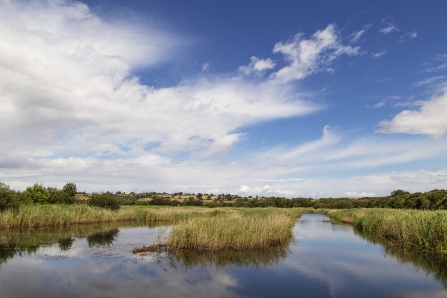Mitigation
Mitigation refers to efforts to reduce or prevent emission of greenhouse gases. Mitigation can mean using new technologies and renewable energies, making older equipment more energy efficient, or changing individual behaviour to reduce carbon emissions.
Since the industrial revolution, we have been emitting more and more carbon dioxide (and other greenhouse gasses) which has led to the climate emergency we are in. Any action which reduces our emissions or absorbs the carbon dioxide already in the atmosphere is a form of mitigation.






